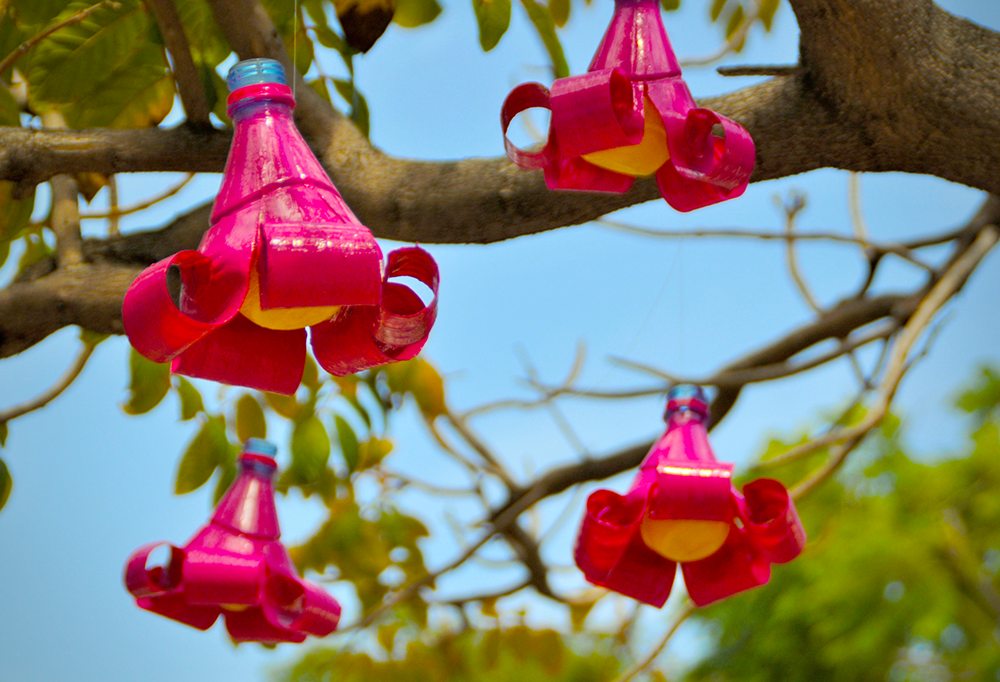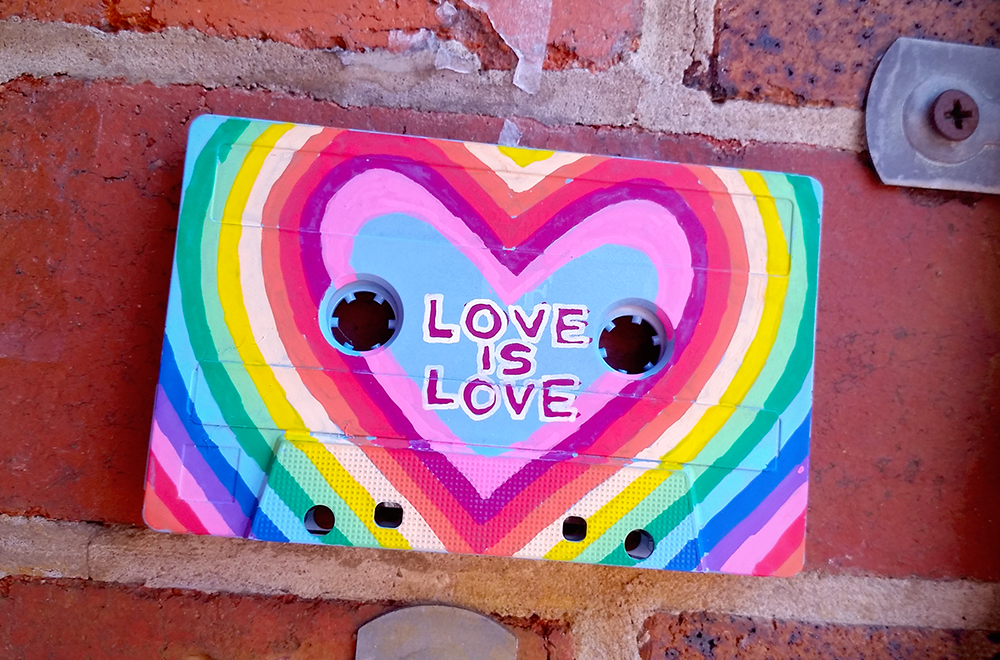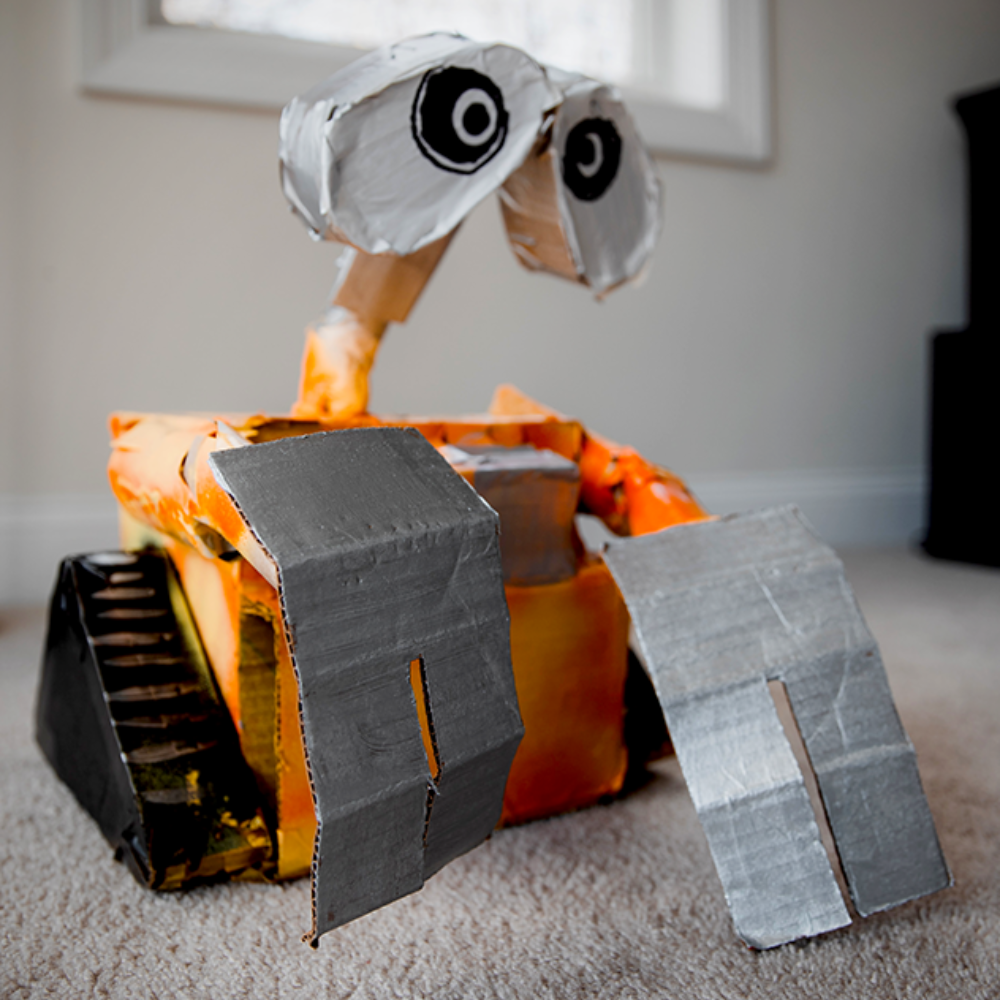Are you tired of your old, worn-out belongings taking up space in your home?
Or maybe you're just looking for a way to give your creativity a boost?
If you've ever wondered whether those old, forgotten items collecting dust in your basement could be transformed into highly sought-after treasures, then you're definitely in the right place.
Creative souls, it's time to explore the world of creative reuse, where transforming old and discarded items into stunning works of art is not only possible but also profitable, and discover the amazing potential of upcycled items.
In this deep dive into the world of turning trash into treasure, we'll uncover the secrets of transforming discarded objects into unique pieces of art that not only captivate but also sell like hotcakes.
From revitalizing vintage clothing to repurposing furniture, we'll explore the limitless possibilities of turning trash into treasure.
Get ready to be inspired, amazed, and motivated to unlock your inner artist as we explore the endless possibilities of repurposing, revamping, and reinventing.
So, grab your supplies, dust off those forgotten knick-knacks, and prepare to be blown away by the remarkable world of selling upcycled items!
Let's explore the art of upcycling and how it can be a lucrative way to make some extra cash!
Key Takeaways:
- Upcycling can be a profitable venture if done within the legal boundaries of intellectual property and trademark laws.
- Understanding the nuances of trademark infringement and the first sale doctrine is crucial for upcycling businesses.
- Platforms like Etsy and Facebook Marketplace are popular for selling upcycled goods, but sellers must be aware of the legalities and market demands.
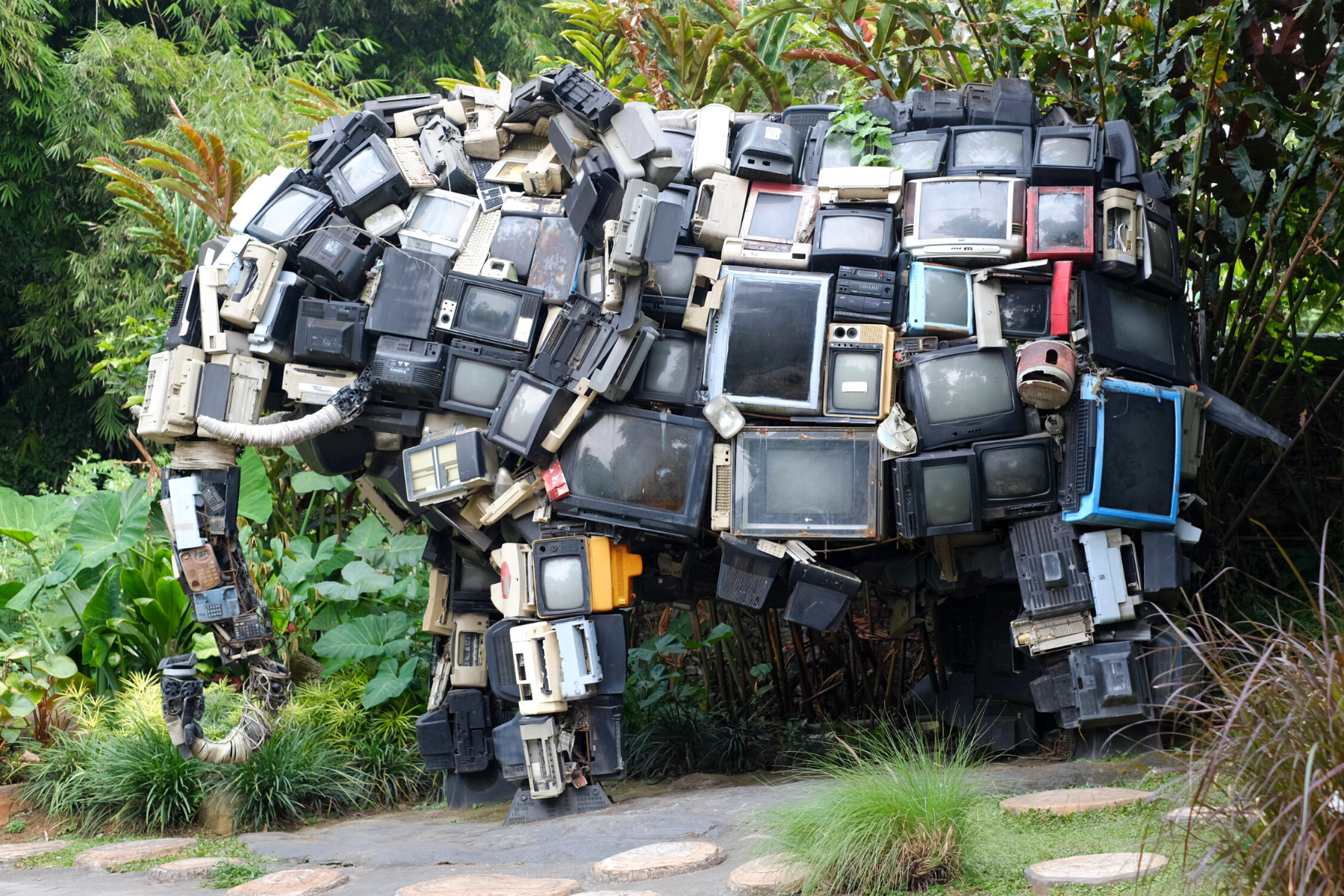
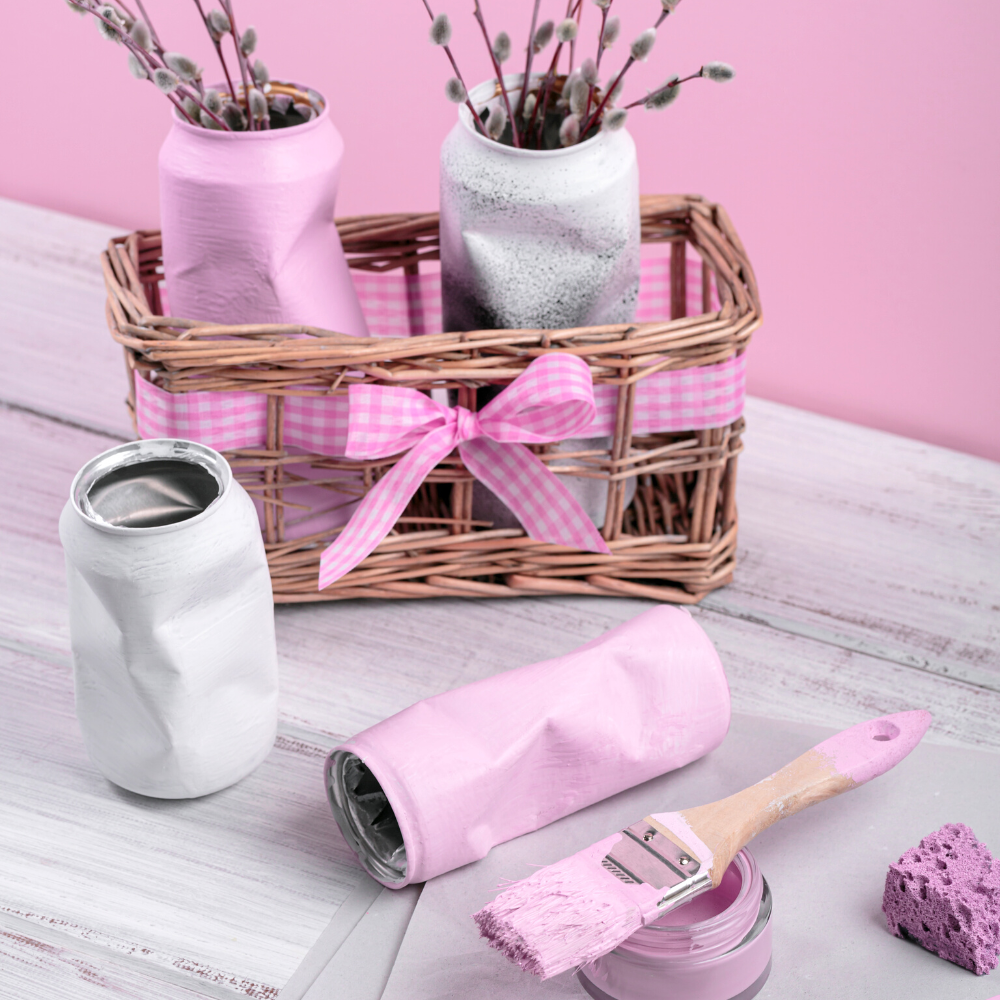

The Wonderful World of Upcycling
Upcycling is becoming more and more popular as people are looking for ways to be creative and sustainable.
This process of transforming discarded materials or products into new items of higher quality or value has become a popular trend in the sustainability movement.
Not only does it offer a creative outlet for individuals, but it also presents an opportunity for entrepreneurs to create a business with a positive environmental impact.
Upcycling goes beyond just recycling, as it involves adding value to the original material rather than just reusing it in its original form.
It's a way of breathing new life into old items, giving them a new purpose and identity.
What Can You Upcycle?
The possibilities for upcycled art and items are endless, and there is no limit to what can be transformed.
Some popular upcycled products include furniture, clothing, accessories, home decor, and even jewelry.
One of the greatest things about upcycling is that you can use materials that are easily accessible and affordable.
Old clothing, fabrics, glass bottles, jars, and even newspapers can all be repurposed into something new and unique.
Finding Materials for Upcycling
As an upcycler, you'll need to get creative when it comes to sourcing materials.
Thrift stores, flea markets, garage sales, and online marketplaces are great places to start.
You can also ask friends and family to save their old items for you instead of throwing them away.
Another option is dumpster diving – yes, you read that right.
Many upcyclers have found valuable materials in dumpsters, but make sure to do so responsibly and with permission.
Pricing Your Upcycled Items
Pricing is a critical aspect of selling upcycled art and items.
The price should reflect the time, effort, and creativity put into repurposing the materials, as well as the cost of the existing material.
Upcycled furniture, for example, can fetch a higher price due to the labor-intensive process of refurbishing and the cost of the original furniture pieces.
When setting prices, consider the target market and the perceived value of the upcycled goods.
Unique items like bags made from repurposed t-shirts or jewelry crafted from old coins can command a premium if they resonate with customers' desire for one-of-a-kind products.
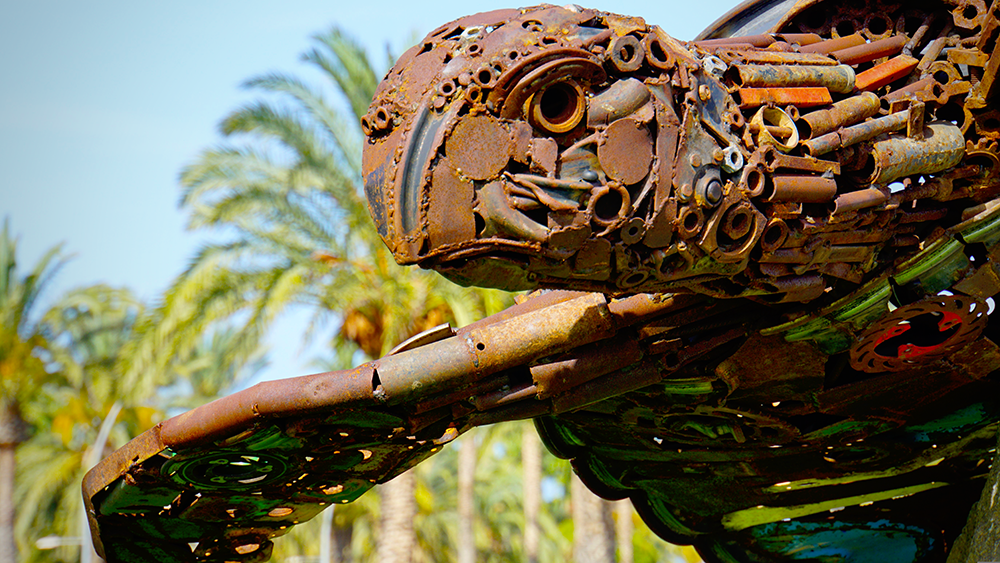
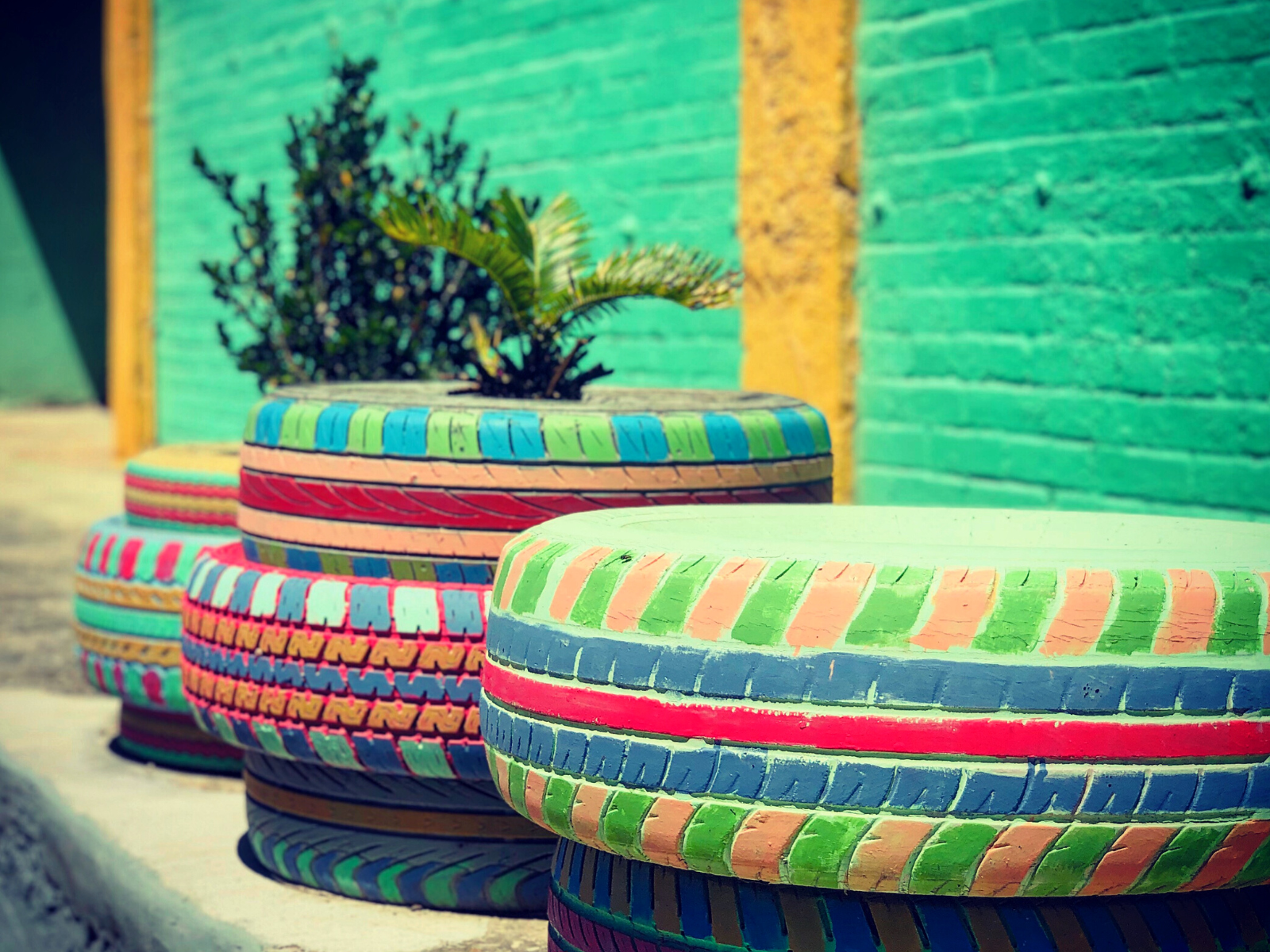

The Legal Landscape of Upcycling
When venturing into the world of selling upcycled items, it's essential to have a clear understanding of the legal framework that governs this space.
Intellectual property rights, particularly trademark law, play a significant role in determining what can and cannot be sold.
Upcyclers must be cautious not to infringe upon the rights of the original trademark owner when repurposing branded products.
Trademark infringement occurs when a product is likely to cause confusion among customers as to the source of the goods.
If an upcycled product still carries the original trademark, it could potentially lead to trademark claims from the brand owner.
However, the first sale doctrine may offer some protection, as it allows the resale of trademarked items if they have been lawfully acquired and the trademark's function is not impaired.
Intellectual Property Concerns in Upcycling
Intellectual property concerns are paramount when selling upcycled items.
Upcyclers must be vigilant to avoid copyright infringement, which occurs when a copyrighted work is used without permission.
This is particularly relevant when repurposing materials that feature copyrighted designs or artwork.
To navigate these concerns, upcyclers should focus on creating items that are significantly different from the original product.
This not only helps avoid legal issues but also adds value to the upcycled item by showcasing the creator's originality and craftsmanship.
Navigating Trademark Claims and the First Sale Doctrine
The first sale doctrine is a legal concept that permits the resale of trademarked goods after the trademark owner has released them into the market.
This means that upcyclers can potentially sell items using existing materials from branded products without infringing on trademark rights.
However, this protection is not absolute.
If the upcycled product tarnishes the reputation of the brand or causes trademark dilution, the original trademark owner may have grounds for legal action.
For example, using authentic Chanel buttons to create costume jewelry and selling it as a Chanel product could lead to trademark claims.
The key is to ensure that the upcycled product does not mislead customers into believing it is an official product of the original brand.
Clear communication and distinct branding for the upcycled items can help mitigate the risk of trademark infringement.
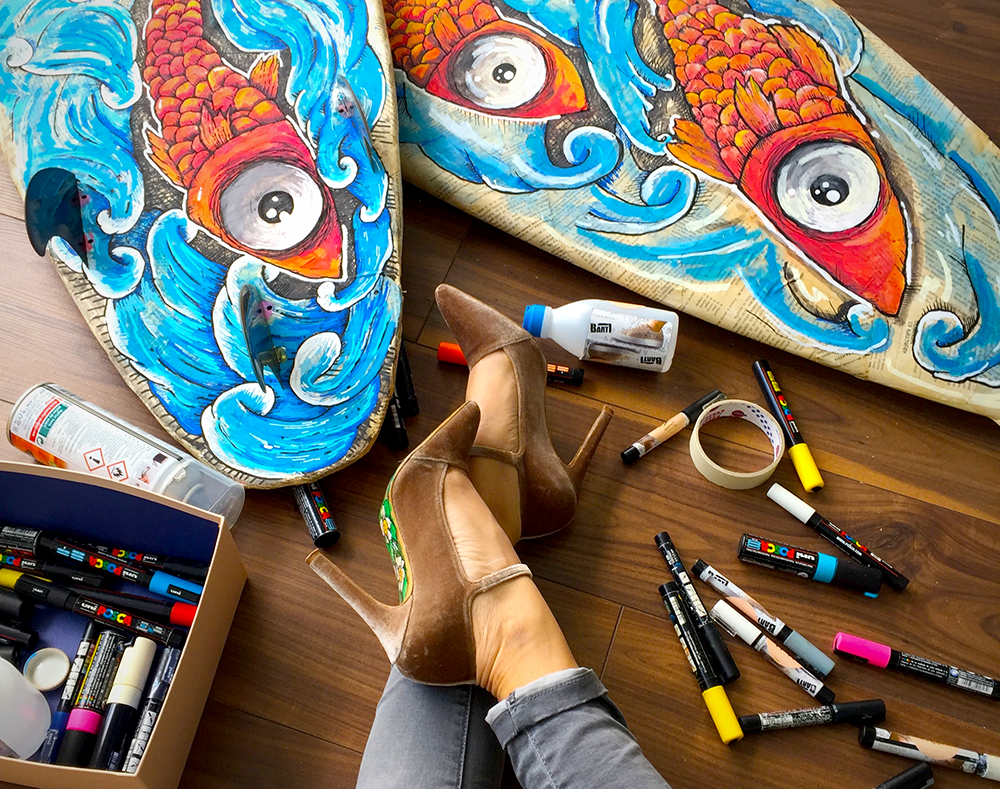
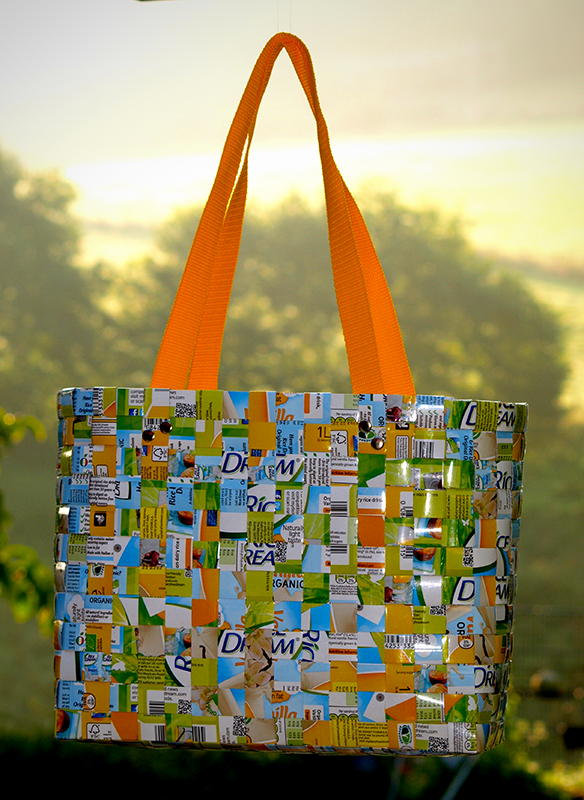
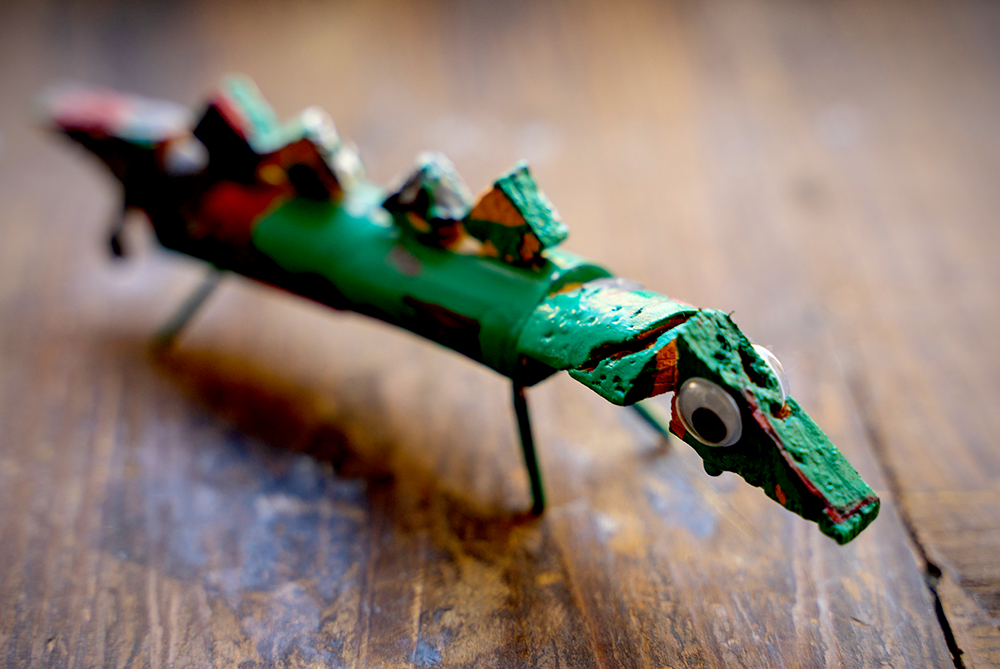
Establishing an Upcycling Business
Starting an upcycling business requires more than just a fun way to repurpose old clothing or bottle caps.
Entrepreneurs must consider overhead costs, sourcing materials, and the market demand for upcycled products.
A successful upcycling business not only creates appealing items but also operates within the legal confines of copyright and trademark laws.
When creating upcycled goods, it's important to source materials ethically and consider the original purpose of the items.
For instance, transforming musical instruments into home decor can be a unique selling point, but it's crucial to ensure that the original product is no longer recognizable as the original item to avoid copyright issues.
Marketing Upcycled Goods
Once you've created your upcycled products, the next step is to find the right platform to sell them.
Online marketplaces like Etsy and Facebook Marketplace have become hotspots for selling upcycled goods.
These platforms offer a wide reach and are frequented by customers looking for unique, handmade items.
However, selling on these platforms comes with its own set of rules and regulations.
It's important to create a detailed account of each item, highlighting the repurposed nature of the materials and the transformation process.
This transparency not only builds trust with customers but also helps protect sellers from potential legal issues.
Role of Craft Fairs in Upcycling Ventures
Craft fairs have emerged as vibrant marketplaces for upcycled goods, offering artisans a platform to showcase their creativity and connect with customers who value sustainability.
These events are particularly conducive for upcyclers who transform old t-shirts, clothes, and other materials into unique items.
By participating in craft fairs, upcyclers gain exposure and the opportunity to educate buyers about the benefits of upcycling clothing, which can lead to increased purchase rates and a loyal customer base.
However, upcyclers must navigate the legalities of selling goods that may incorporate elements of big brands or registered trademarks.
It's crucial to understand that while craft fairs are less formal retail environments, the sale of upcycled items still falls under the same legal framework.
Upcyclers should ensure that their products do not infringe on trademarks or copyrights, as claims from big brands can arise, potentially leading to a court case.
Proper due diligence and legal advice can help mitigate these risks.
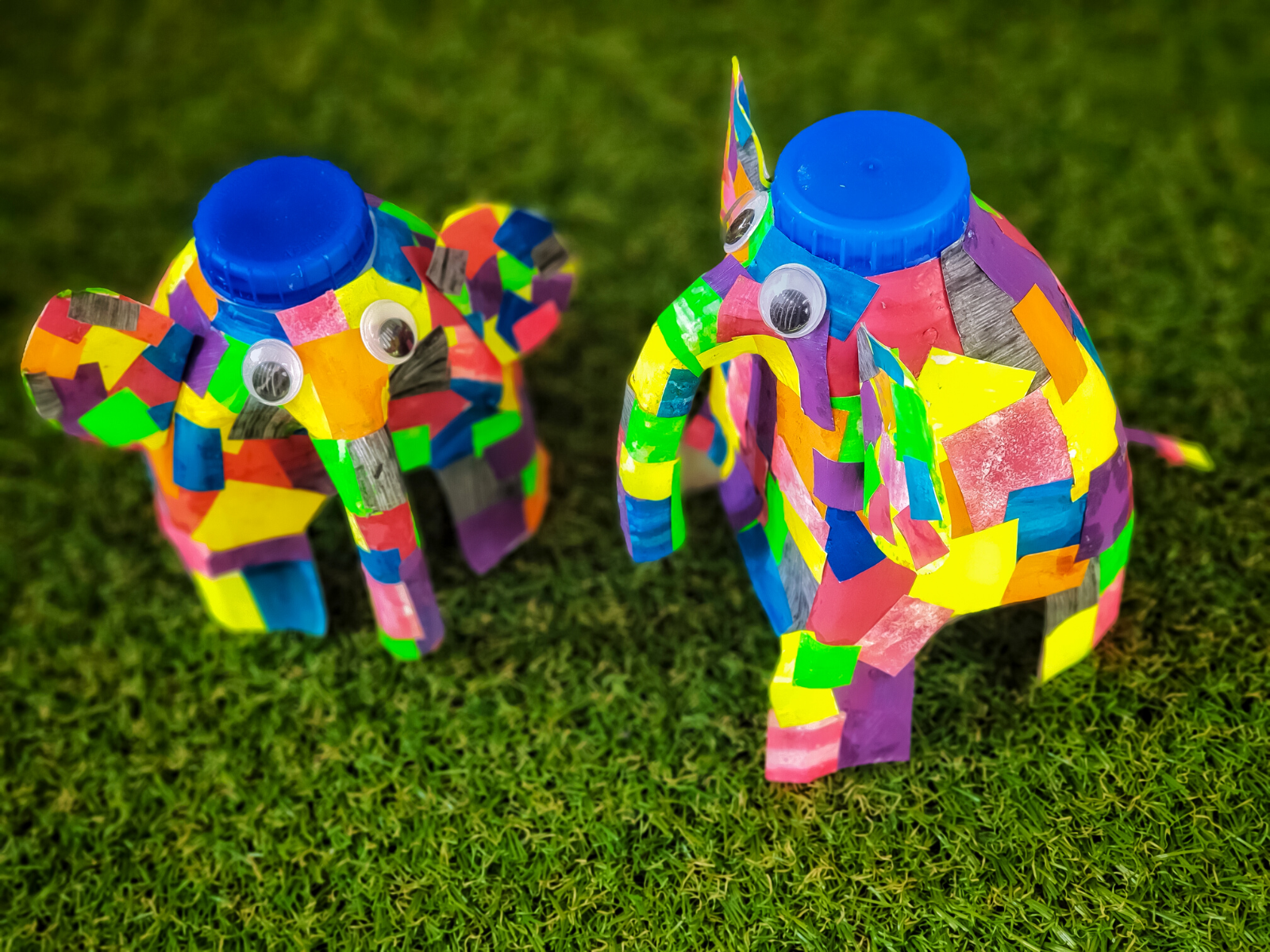

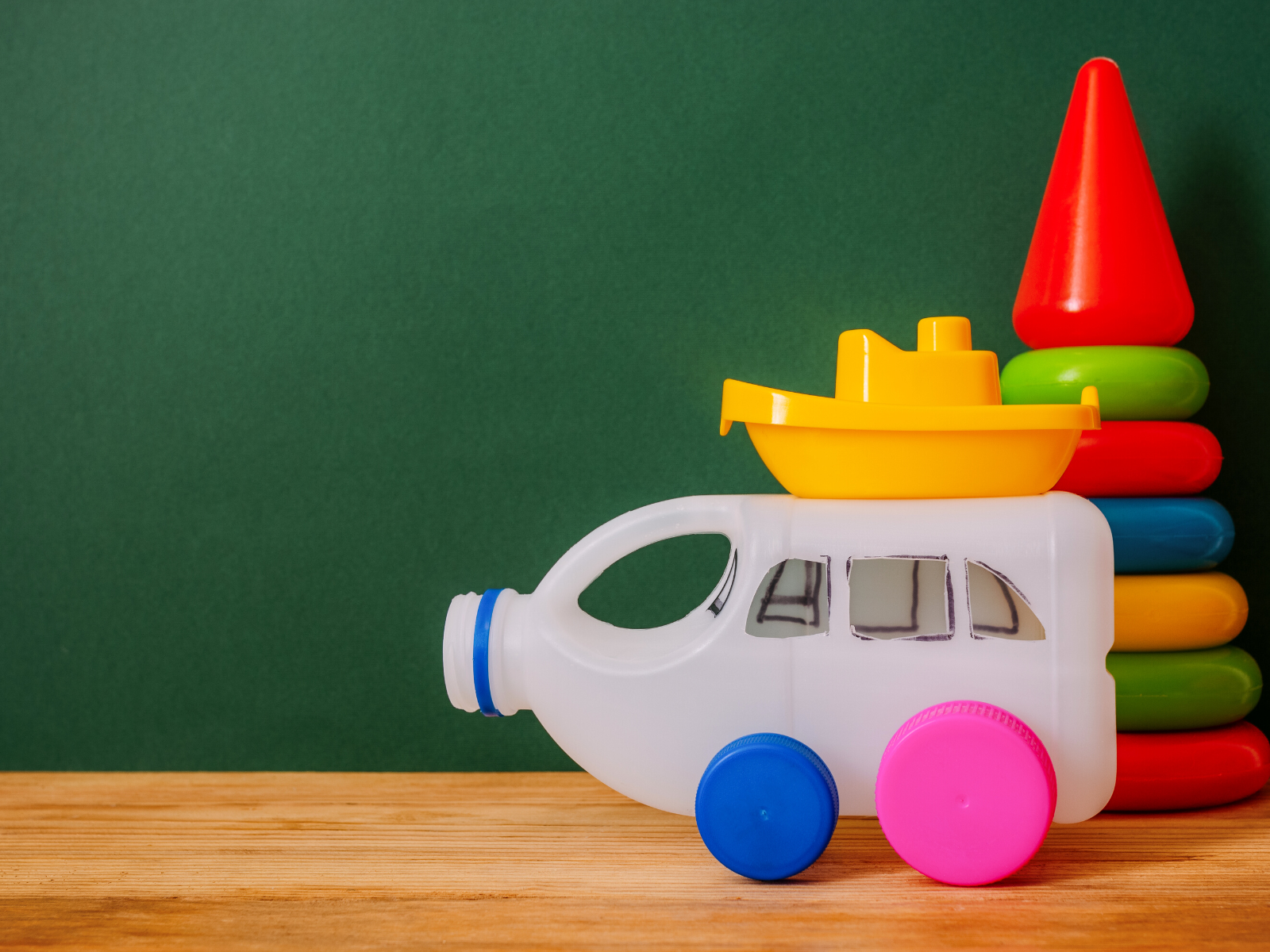
Upcycling Clothing: Transform Old into Trendy
Upcycling clothing is not just an idea; it's a burgeoning movement that breathes new life into pre-loved clothes.
By applying creativity, such as adding paint or new designs to old t-shirts, upcyclers can create fashionable and eco-friendly apparel.
This process not only reduces waste but also offers customers unique pieces that stand out from mass-produced stuff.
The trend of upcycling clothing has been gaining momentum, with more people looking to make environmentally conscious purchase decisions.
However, upcyclers must be cautious of potential copyright issues when repurposing clothes with existing designs or logos.
A claim can arise if an upcycled product features copyrighted material without permission.
To avoid legal complications, upcyclers should either use materials that are free from copyright restrictions or obtain the necessary licenses.
This ensures that the upcycled clothing sold is not only stylish and sustainable but also compliant with intellectual property laws.
Environmental Impact of Upcycling T-Shirts
Upcycling t-shirts is not just a creative endeavor; it's a significant step towards environmental sustainability.
The fashion industry is notorious for its waste and the heavy ecological footprint it leaves behind.
By transforming old t-shirts into new products, upcyclers are actively reducing the amount of textile waste that ends up in landfills.
Each year, millions of tons of clothing are discarded, and upcycling offers a practical solution to this growing issue.
Not only does it extend the life cycle of materials, but it also lessens the demand for new resources, thereby conserving energy and reducing pollution.
Moreover, upcycled t-shirt products often carry a unique story and ethical appeal that resonates with eco-conscious consumers.
This trend is gaining momentum as awareness about the environmental cost of fast fashion spreads.
Upcyclers are not just crafting new items; they are ambassadors of a movement that challenges the throwaway culture.
By purchasing upcycled t-shirt merchandise, customers are not only acquiring a one-of-a-kind piece but also contributing to a more sustainable future.
The act of upcycling t-shirts becomes a statement in itself, showcasing how fashion can be both stylish and responsible.
Art of Upcycling T-Shirts into High-Demand Crafts
Upcycling t-shirts has become a popular craft fair staple, with artisans transforming worn or outdated garments into desirable, eco-friendly products.
This practice not only gives a second life to materials that might otherwise end up in landfills but also taps into the growing consumer demand for sustainable and unique items.
By creatively repurposing t-shirts, crafters can offer a range of products from handcrafted rugs to fashionable tote bags, each piece carrying its own story and character.
The key to success in this niche is innovation and quality craftsmanship, which can set a product apart in the bustling craft fair environment.
The process of upcycling t-shirts involves various techniques such as cutting, sewing, dyeing, and even screen printing, allowing for a vast array of end products.
Crafters often share their processes and outcomes on social media, inspiring others and creating a community around sustainable fashion.
This not only helps in marketing their goods but also raises awareness about the benefits of upcycling.
As consumers become more environmentally conscious, the appeal of upcycled t-shirt crafts is likely to grow, making it a potentially lucrative and fulfilling endeavor for artisans at craft fairs.
Copyright Issue Awareness in T-Shirt Upcycling
Navigating the complex waters of copyright issues is crucial for upcyclers, especially when dealing with branded t-shirts.
While the concept of upcycling is rooted in reusing and repurposing, it's essential to understand that the logos, designs, and trademarks featured on t-shirts are often protected by copyright laws.
Upcyclers must be diligent in ensuring that their repurposed creations do not infringe upon the intellectual property rights of the original creators or brands.
This may involve altering the design significantly or seeking permission from the copyright holders before selling upcycled items featuring recognizable elements.
To further mitigate the risk of copyright infringement, upcyclers can focus on generic or non-branded t-shirts as their raw material.
By doing so, they can freely express their creativity without the looming concern of legal repercussions.
Additionally, upcyclers can create entirely new designs or artwork to overlay on the fabric, thereby distancing their products from the original copyrighted material.
This approach not only avoids legal pitfalls but also encourages originality and innovation within the upcycling community, fostering a culture of creativity that respects the intellectual property of others.
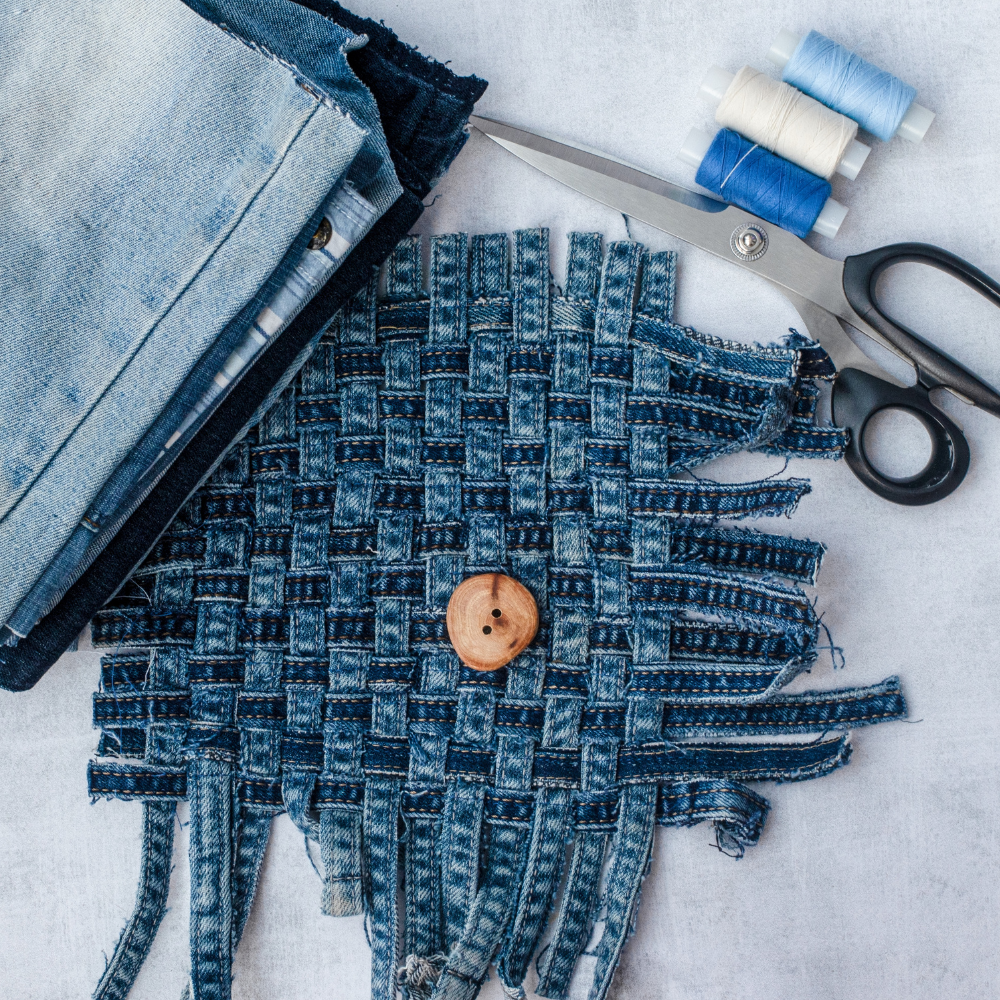
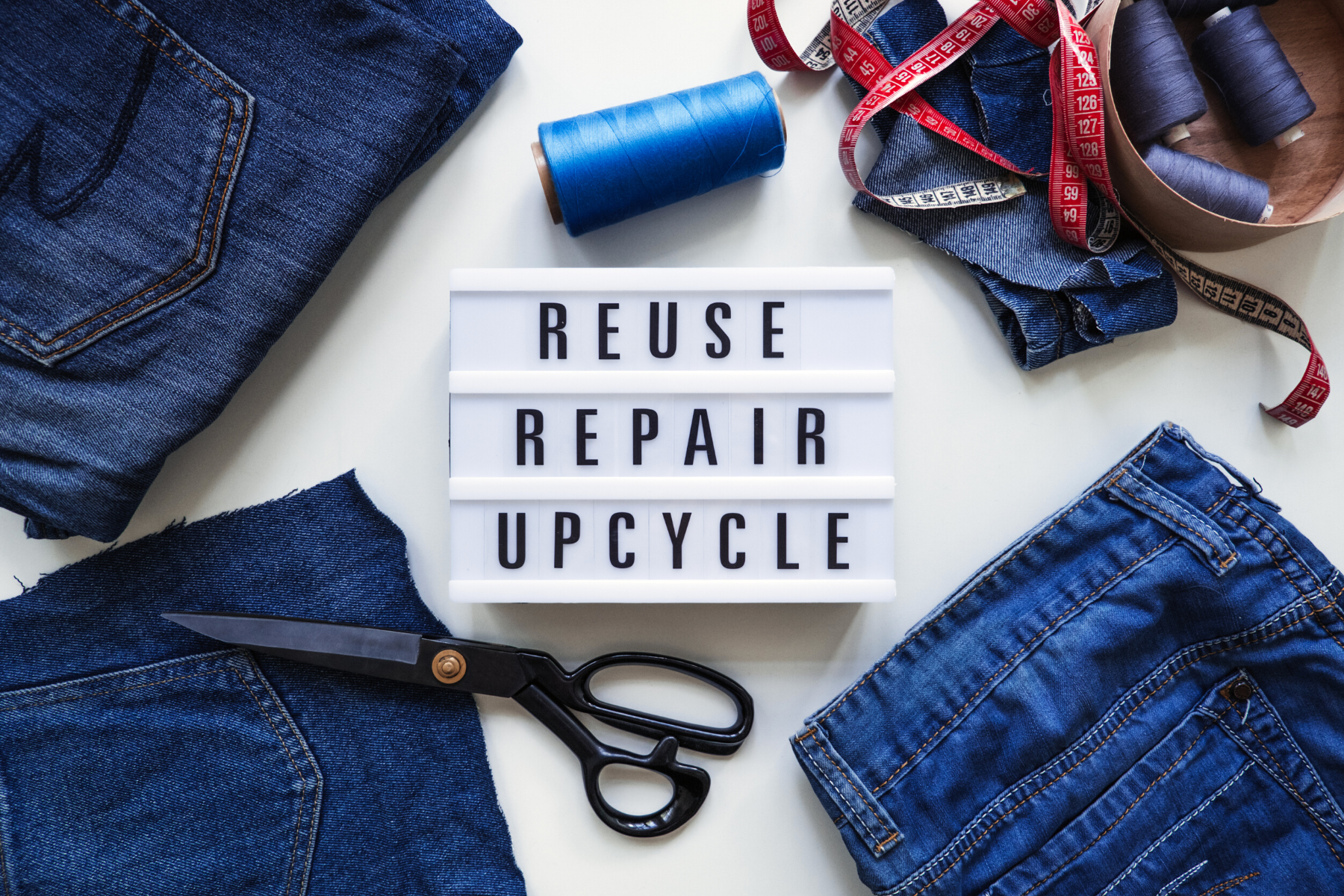
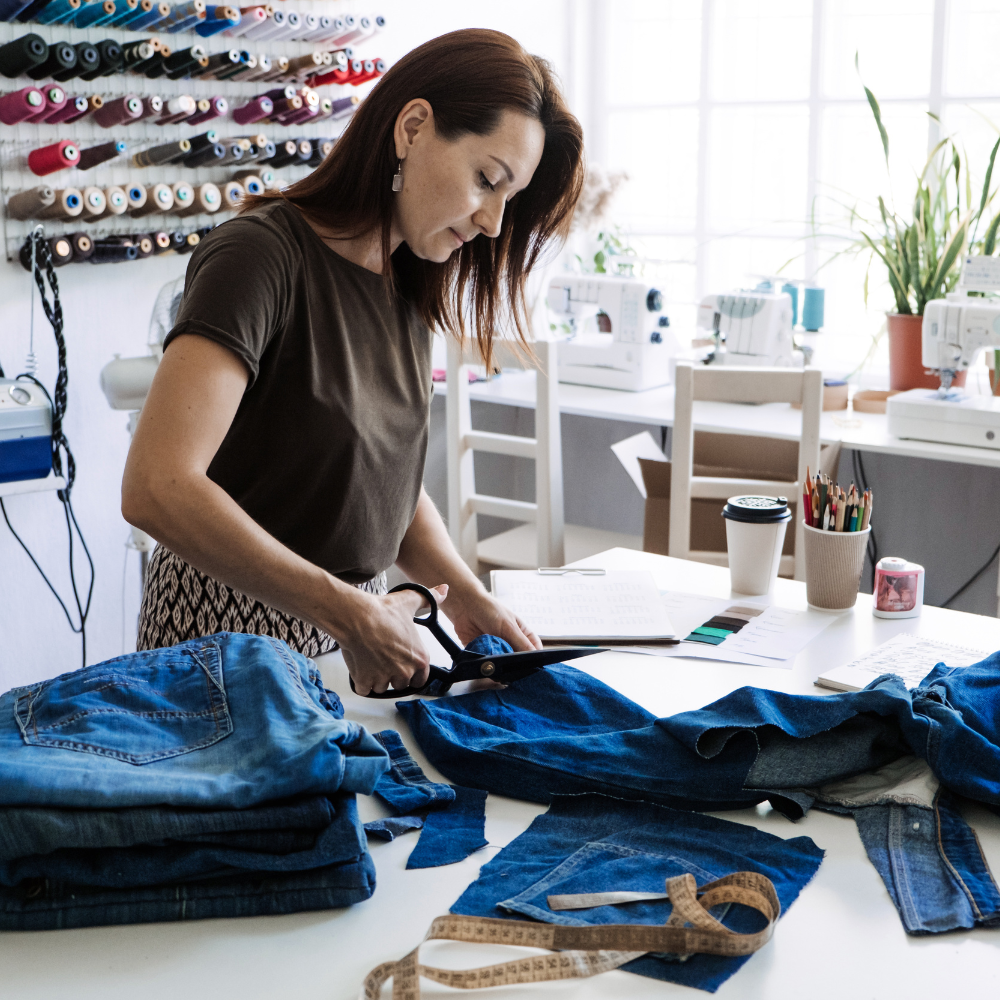
Copyright Issues: Navigating Legal Waters
When it comes to upcycling, copyright issues can be a murky territory.
Upcyclers need to be aware that while the physical product may be theirs to alter, the intellectual property rights of the original design can still be in effect.
This is particularly relevant when dealing with branded t-shirts or items that feature distinctive artwork or logos.
Upcyclers must ensure that their modifications do not infringe upon the original creator's copyright.
It's a delicate balance between transforming an item sufficiently to make it new and not overstepping legal boundaries that could lead to copyright claims.
To navigate these legal waters, upcyclers should consider reaching out for permission from copyright holders or focus on items that are less likely to be protected by copyright, such as plain t-shirts or those with generic designs.
Additionally, creating completely new designs or adding substantial value to the item can help in distinguishing the upcycled product from the original.
It's essential for upcyclers to stay informed about copyright laws and to seek legal advice when necessary to avoid potential disputes.
By doing so, they can continue to innovate and sell their upcycled creations with peace of mind.
Successes and Pitfalls
Examining real-life examples can provide valuable insights into the dos and don'ts of selling upcycled items.
Case studies of successful upcycling businesses highlight the importance of innovation and legal compliance, while court cases involving trademark infringement underscore the potential risks of not adhering to trademark law.
For instance, a business that repurposes old clothing into new fashion pieces must ensure that any branded logos or designs are not used in a way that infringes on the original trademark owner's rights.
On the other hand, a company that has faced legal action due to trademark claims can serve as a cautionary tale for upcyclers to thoroughly understand and respect intellectual property laws.
Future of Upcycling and Legal Considerations
As the upcycling trend continues to grow, so does the need for clarity in the legal landscape surrounding it.
Future developments in case law and statutory damages could impact how upcycled items are sold and marketed.
Upcyclers must stay informed about changes in the law to ensure their business practices remain compliant.
The potential for upcycling to become a mainstream practice is significant, with more consumers seeking sustainable and eco-friendly products.
By navigating the legal complexities and focusing on creating high-quality, unique items, upcyclers can carve out a niche in the market and contribute to a more sustainable future.
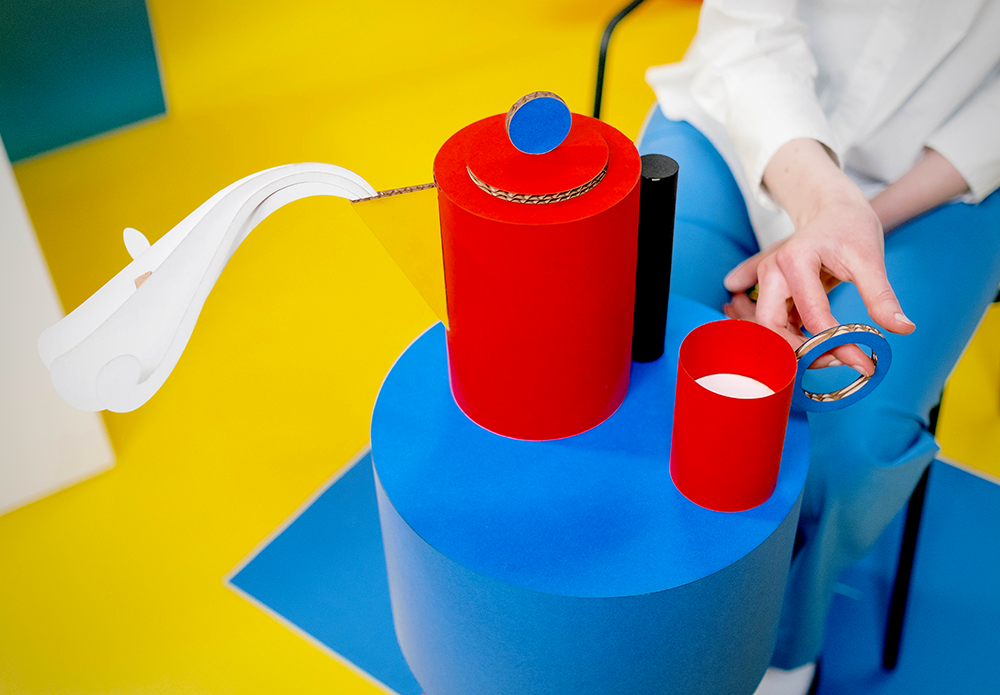
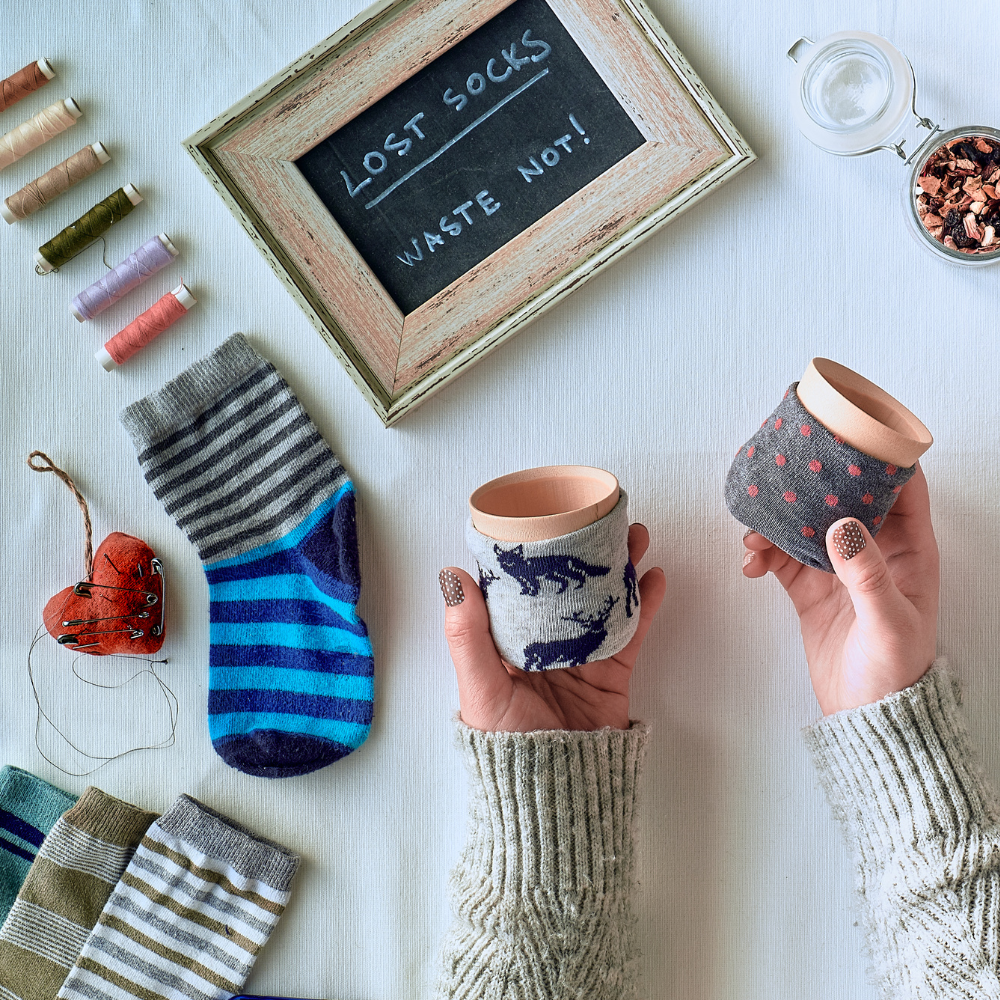

Upcycling: Trash to Treasure Profits
Upcycling can be a fun and rewarding hobby, but selling upcycled items can be a lucrative and environmentally friendly side hustle or full-fledged business.
However, it's essential to navigate the complexities of trademark law, intellectual property rights, and market demands to ensure success.
Upcyclers must be aware of copyright and trademark laws when creating and selling their products, ensuring ethical sourcing of materials and avoiding potential disputes.
By marketing their goods transparently and with due diligence, upcyclers can build a loyal customer base and contribute to a more sustainable future.
As the upcycling movement continues to gain momentum, it's vital for upcyclers to stay informed about legal developments and seek professional legal advice when necessary.
With creativity, innovation, and compliance, upcyclers can make a positive impact on the environment while building successful businesses.
Whether you’re looking to make some extra cash on the side or to turn your upcycling passion into a full-time job, there’s plenty of opportunity to be had.
By focusing on quality, creativity, and sustainability, you can create upcycled items that people will love and that will help the planet at the same time.
So, go ahead and give upcycling a try – you may be surprised at what you can create!
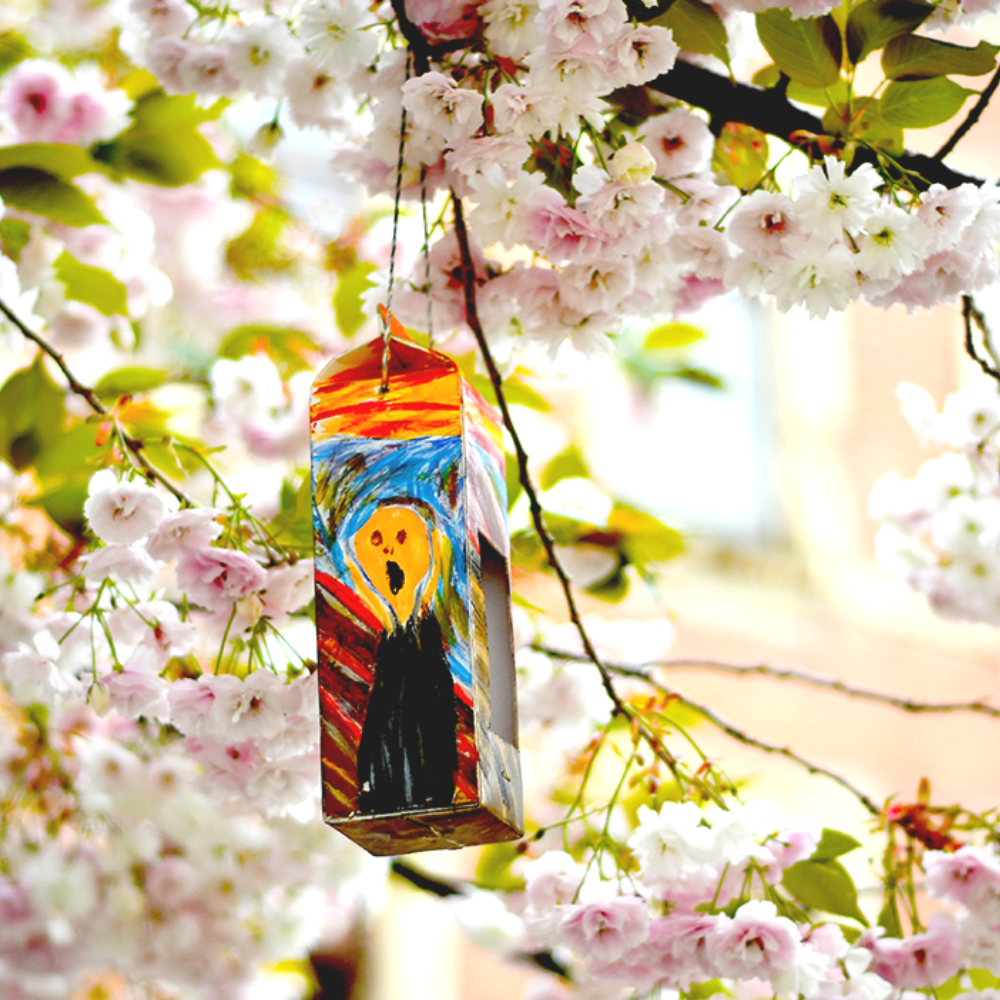
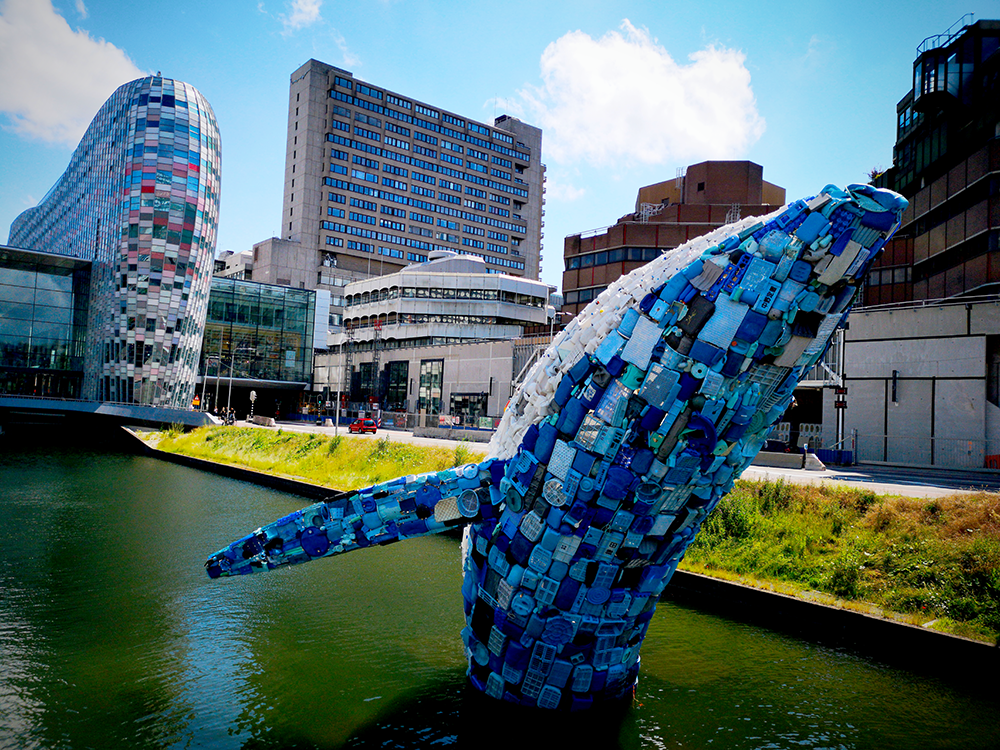
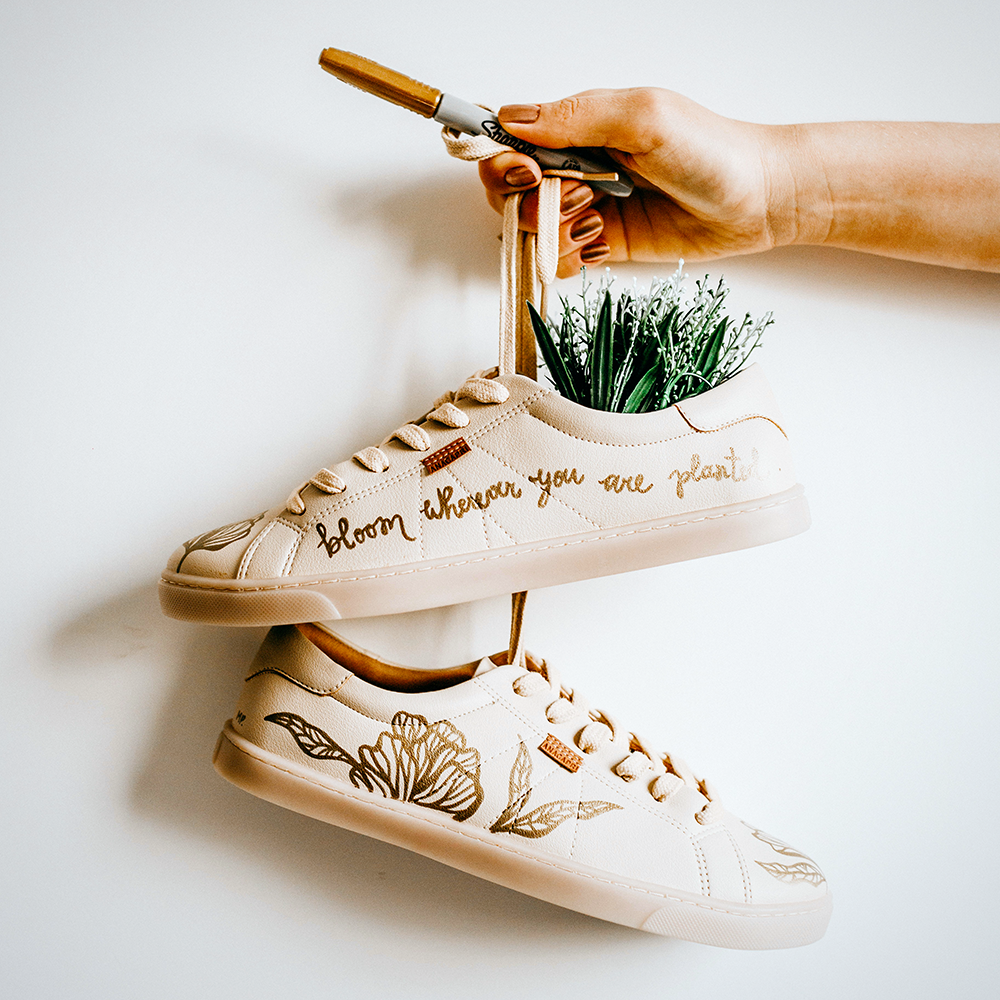
Upcycling FAQs
If you’re new to the world of upcycling, you may have some questions.
Here are a few common ones that can help get you started.
Can I use branded products in my upcycling projects?
Yes, you can use branded products in your upcycling projects, but you must be careful not to infringe on the original trademark owner's rights. The first sale doctrine allows for the resale of trademarked items, but the upcycled product should not mislead customers into thinking it is an official product of the original brand.
How do I price my upcycled items?
Pricing should reflect the cost of materials, time, effort, and the uniqueness of the upcycled item. Consider the target market and the perceived value of the product. Research similar items and price competitively while ensuring you make enough money to cover upcycling costs and generate a profit.
Where can I sell my upcycled goods?
Upcycled goods can be sold on various platforms, including Etsy, Facebook Marketplace, craft fairs, and your own website. Each platform has its own set of rules and audience, so choose the one that aligns best with your products and business goals.
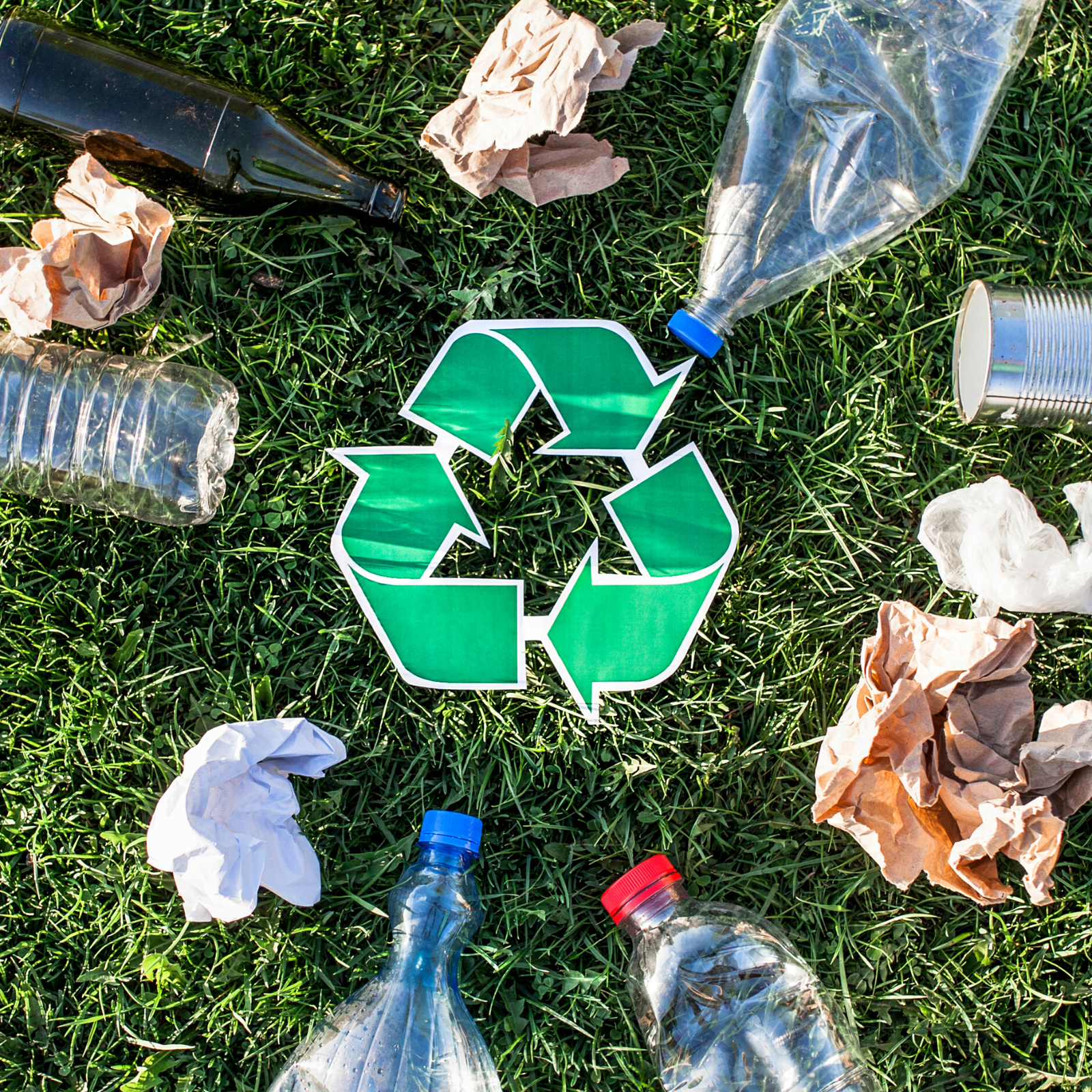
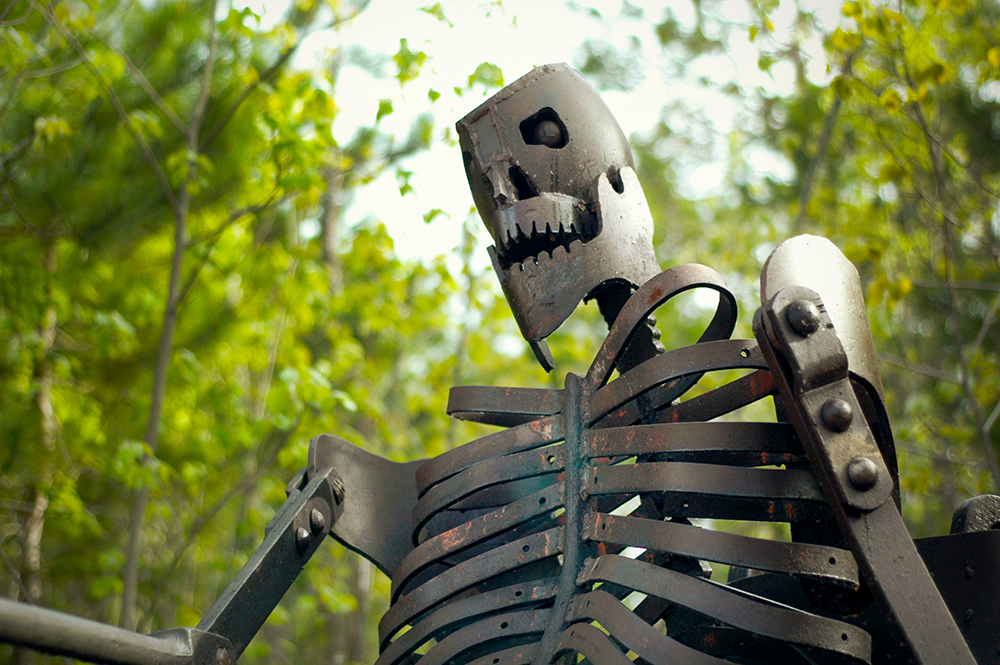
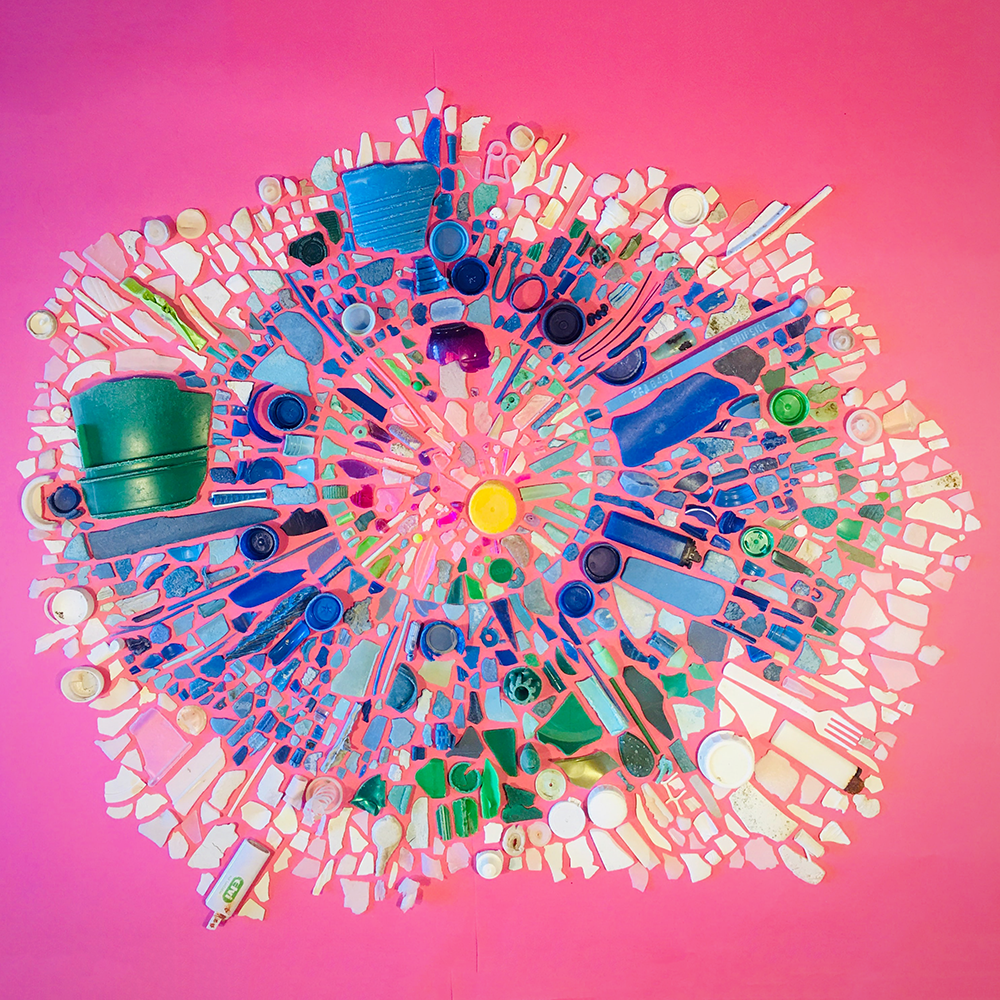
Looking to getting into thrifting and upcycling? Check out Clueless Mama DIY's video!
Want even more content about creativity and art?
Be sure to check out all of our creative chronicles!
Ready to dive into the world of upcycling and recycled art?
Check out some of our other articles:
-What is the difference between upcycled and repurposed?
-What are the difference between upcycled art and downcycled art?
